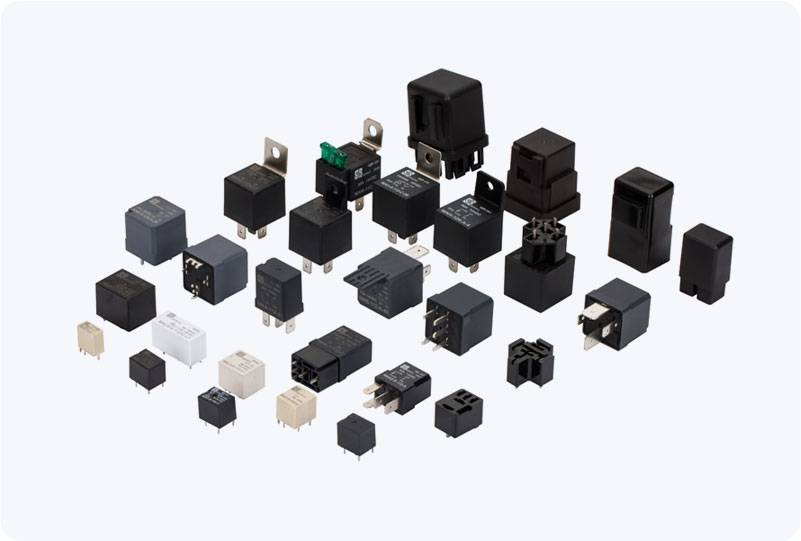In the world of electrical control systems, the 24VDC Power Relay stands as a critical component for switching high-power loads with low-voltage signals. Relays are essential in various applications, from automation to automotive electronics, and understanding how a 24VDC relay operates is vital for engineers and technicians alike. This article explores the functionality, applications, and benefits of 24VDC Power Relays, emphasizing their importance in modern electrical systems.

What is a 24VDC Power Relay? A 24VDC Power Relay is an electrical device designed to control a circuit by opening or closing contacts when a low-voltage signal (typically 24 volts of direct current) is applied to its coil. The relay uses electromagnetic principles: when current flows through the coil, it generates a magnetic field that moves an armature to change the state of the relay’s contacts. This process allows a low-power control circuit to safely switch a high-power load, such as an industrial motor or an automotive system, without directly exposing sensitive components to high currents.